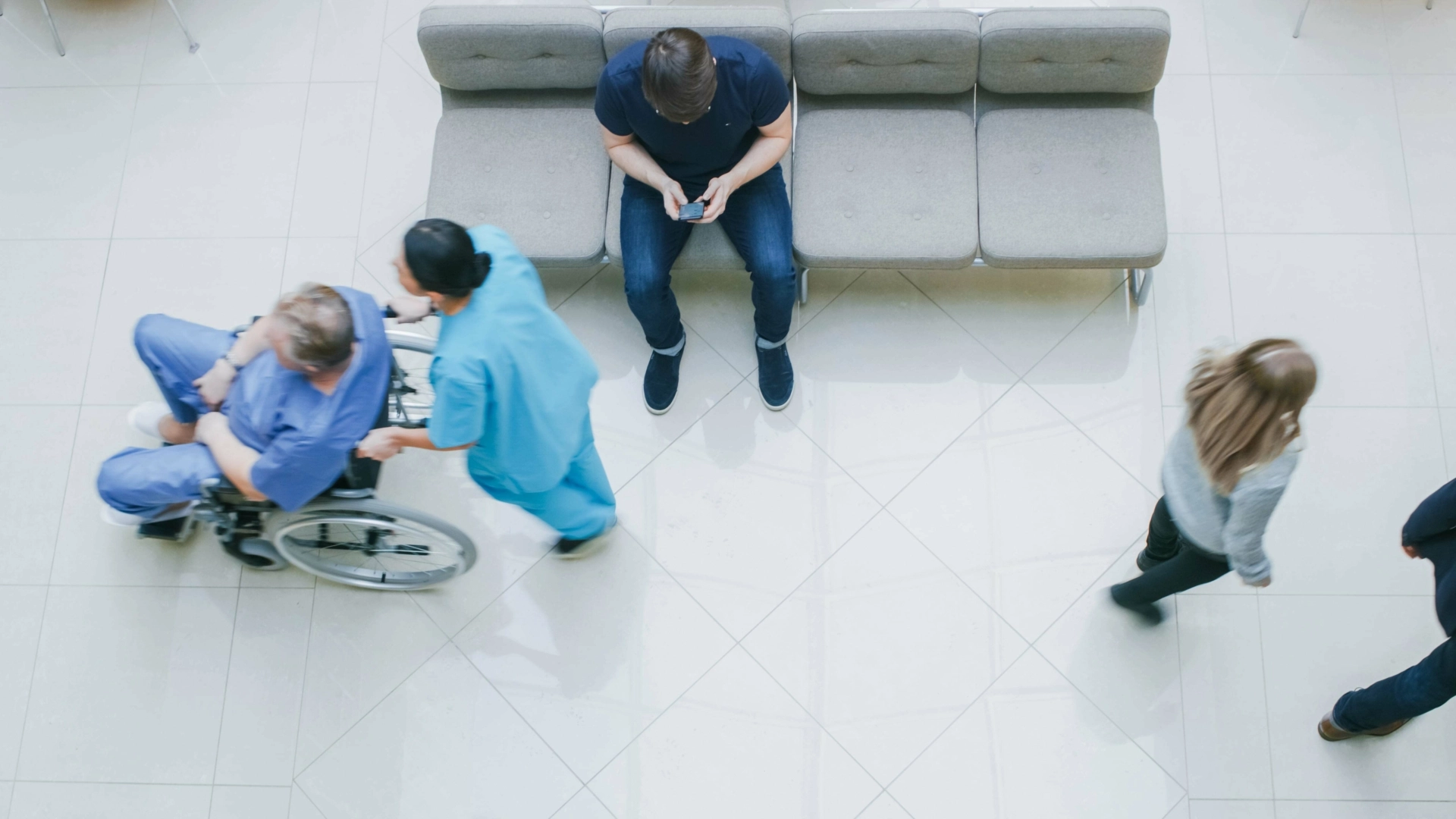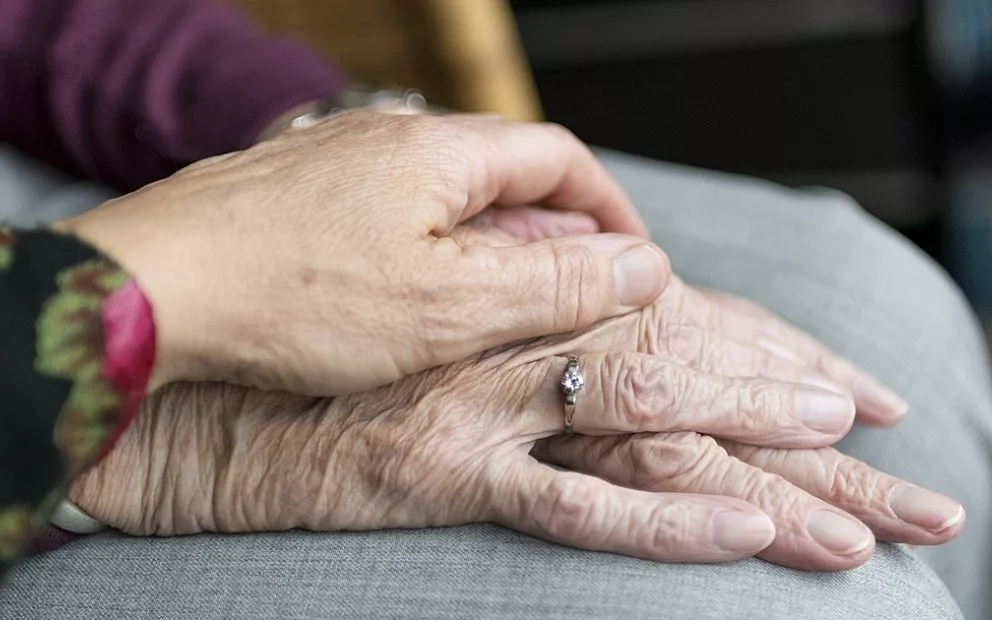REPRODUCED WITH PERMISSION FROM FLINDERS UNIVERSITY
Measuring levels of CO2, the gas we produce naturally when breathing, can help to identify poorly ventilated spaces that carry a high risk of COVID-19 transmission.
Placing CO2 monitors in public spaces, such as hospitals, schools and aged-care facilities, could play a major role in the battle against airborne respiratory viruses, such as COVID-19 and the flu, according to South Australian health experts.
Low-cost CO2 sensors can accurately identify areas at risk for ‘super-spreader’ events, as reported in a major new study led by SAHMRI and Flinders University medical researchers.
The research, carried out at the Helping Hand Lightsview residential aged-care home in Adelaide, involved assessment of airborne transmission risk in more than 60 areas used by staff and residents.
“COVID-19 has demonstrated the devastating consequences of the rapid spread of an airborne virus in residential aged care,” says Dr Steven Taylor, co-author of a new article published in Age and Ageing.
“Reassuringly, we found that none of the resident areas were found to be high-risk. However, a number of staff areas, including meeting rooms and tea rooms, were flagged as potential transmission zones.”
In partnership with Helping Hand, the research team was able to take simple measures to increase ventilation in these staff areas – and the changes demonstrated substantially reduced transmission risk.
“Almost all buildings have areas that carry a high risk of airborne transmission of respiratory viruses. However, the ability to identify these areas and implement strategies to reduce this risk has been limited,” researchers say.
“CO2 monitoring is inexpensive, re-deployable and an underutilised method to quickly and accurately identify high-risk areas.”
Dr Taylor, Professor Geraint Rogers and colleagues from SAHMRI and Flinders University are leading a series of research projects to reduce infection spread within aged-care settings, including the usefulness of using ultraviolet light. The research is ongoing.
The article, Targeted reduction of airborne viral transmission risk in long-term residential aged care, has been published in Age and Ageing.





